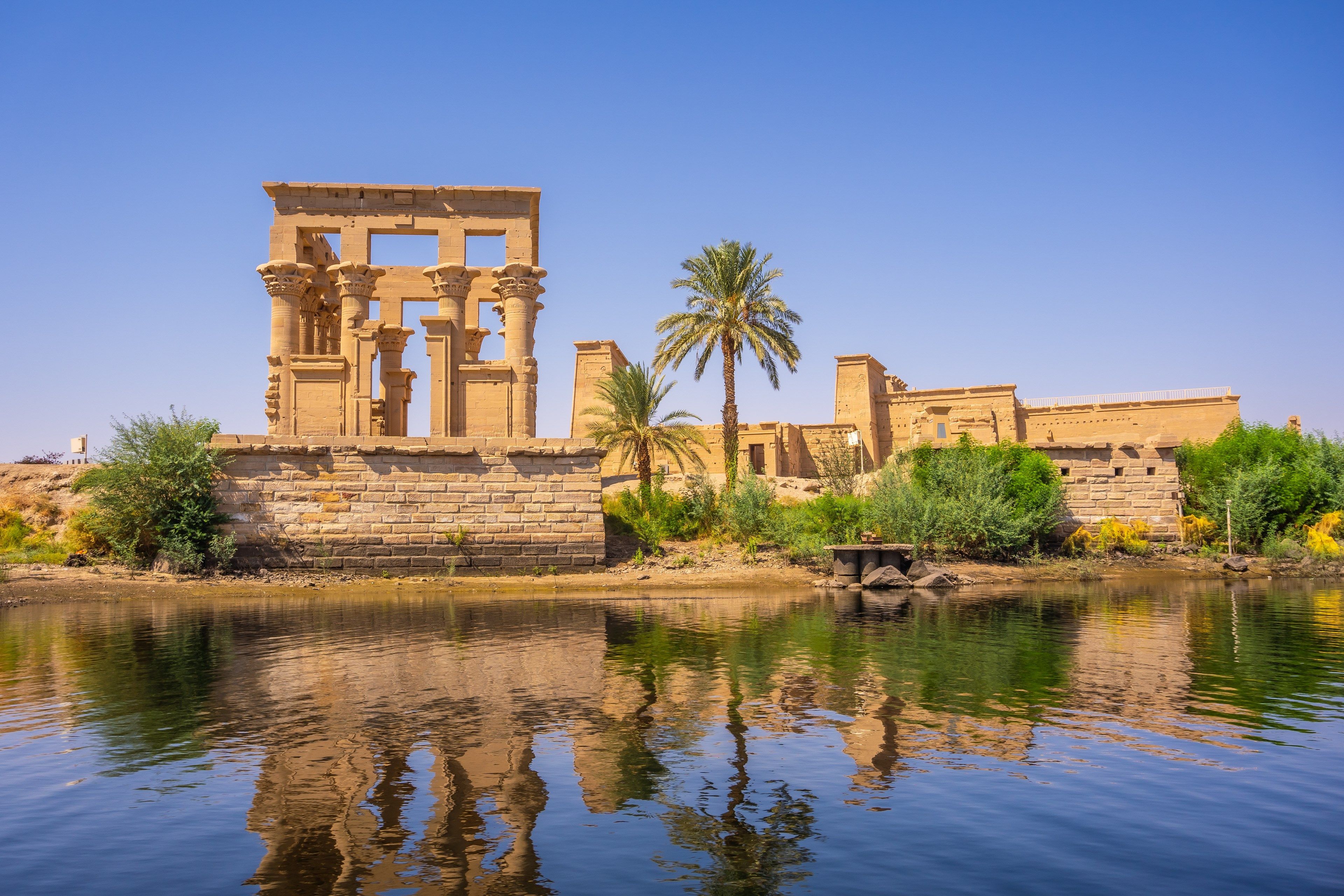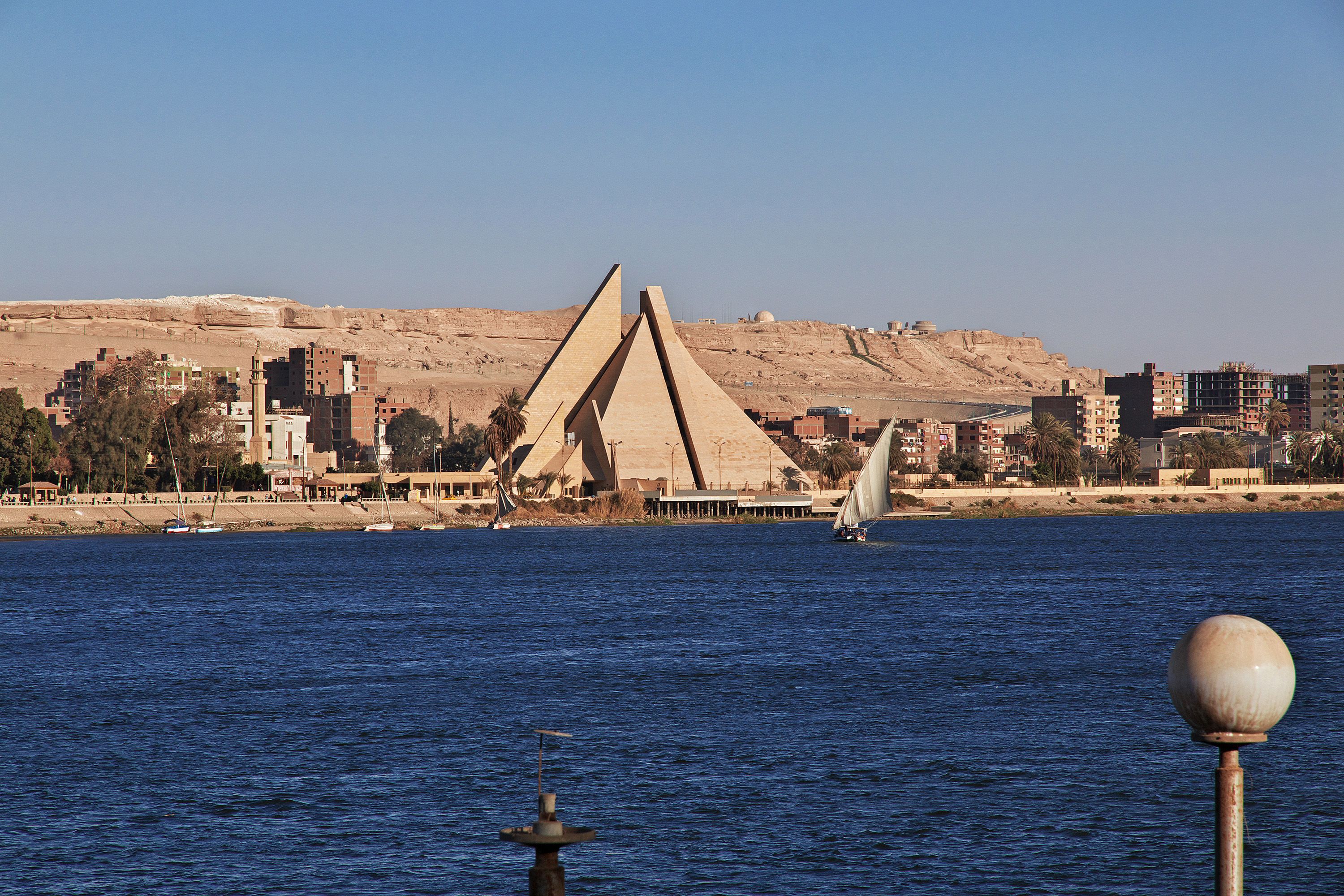Egypt - Cruising the Nile - Cairo to Aswan

Summary
In the Wake of the Pharaohs
This leisurely cruise is perfect for those who are looking for an in-depth exploration of the sights that line the River Nile. You’ll glide along a distance of approximately 600 miles between Cairo and Aswan, on a journey that includes a stretch of the river that has only been reopened for a few years. Travelling by way of water, we can take you to a range of little-known and rarely visited sites that most tourists to this part of the world typically miss. Along with a ride aboard a traditional felucca, there will be tours of Egypt’s most iconic sites as well as some surprises that are bound to inspire awe.
The price shown on this page is for a Middle/Upper Deck Outside Cabin - run of house. Please click on 'book now' for all cabin types available. Click on CRUISE/TRAIN under 'what to expect' below for more details about the ship, the cabin and what to expect onboard.
What to Expect
- Explore Seti I’s temple at Abydos, considered somewhat off the beaten track yet home to the most beautiful, raised reliefs in the entire country
- In Tell el-Armana we visit the tombs of important priests Meryre and Panehesy as well as the Royal Tomb of Akhenaten and the Temple of Aten
- Visit the Nubian site of the temples at Abu Simbel, rescued from Lake Nasser’s rising waters after the creation of the High Dam
- Visits in Cairo include the necropolis of Saqqara and the new Grand Egyptian Museum*
- Exclusive Andante excursions throughout the tour




